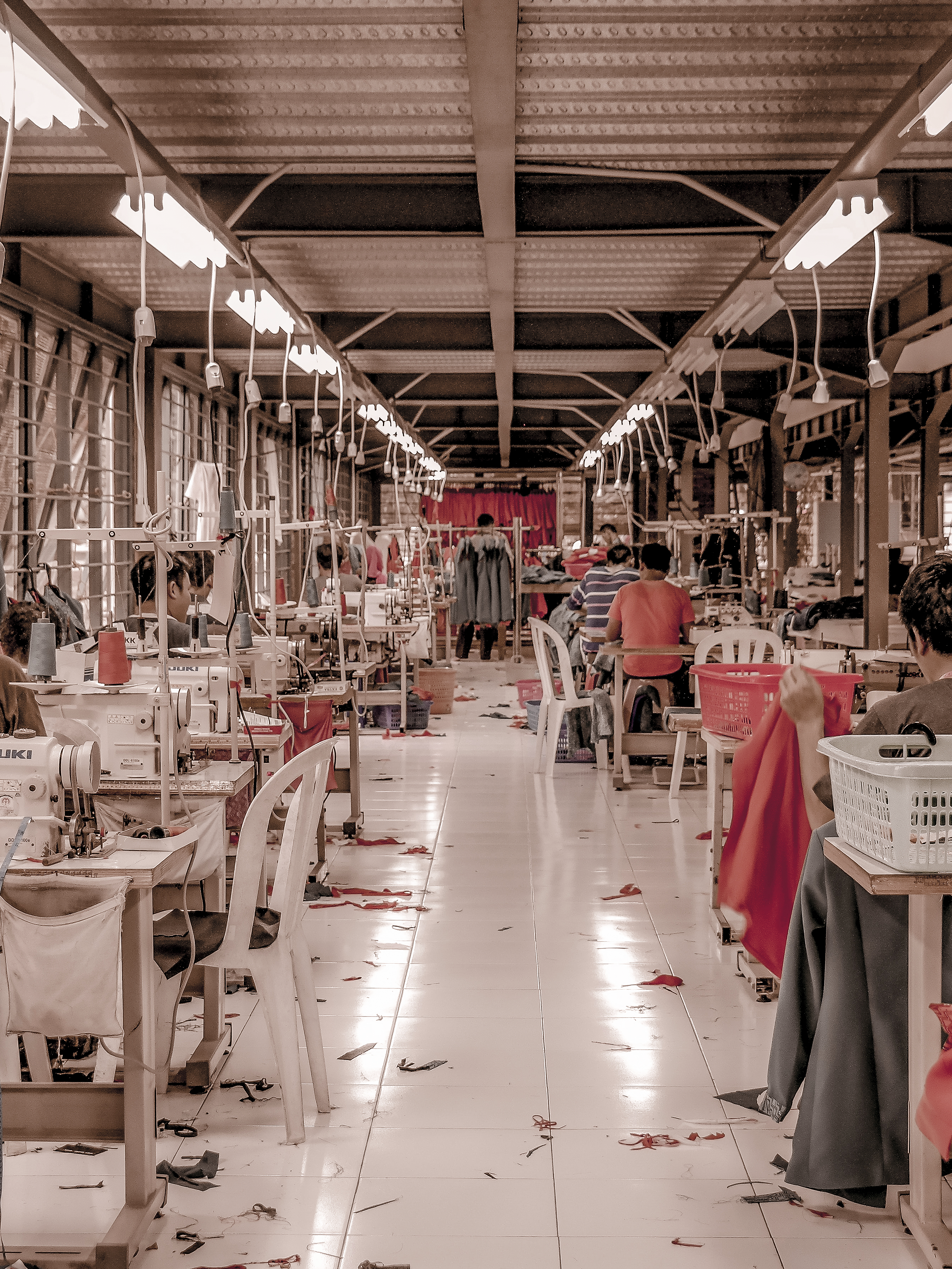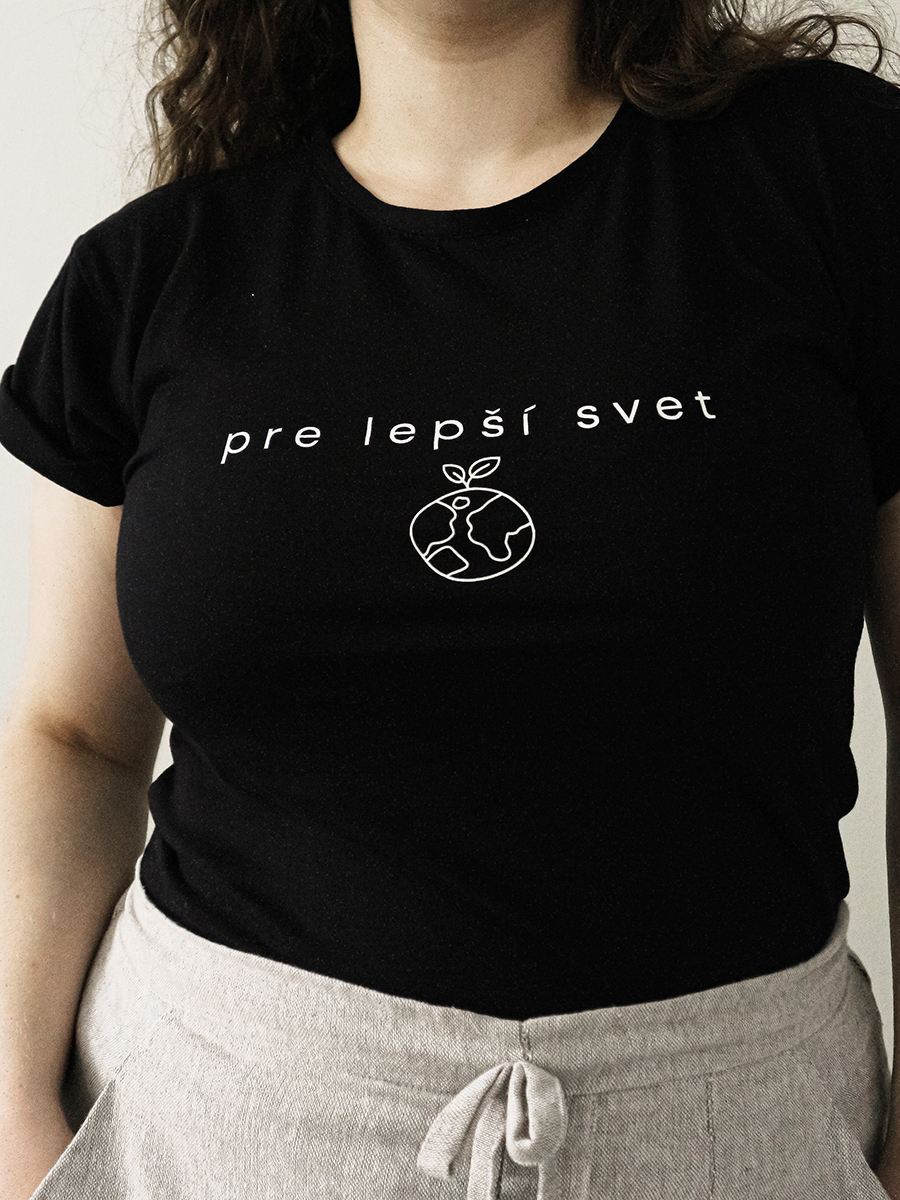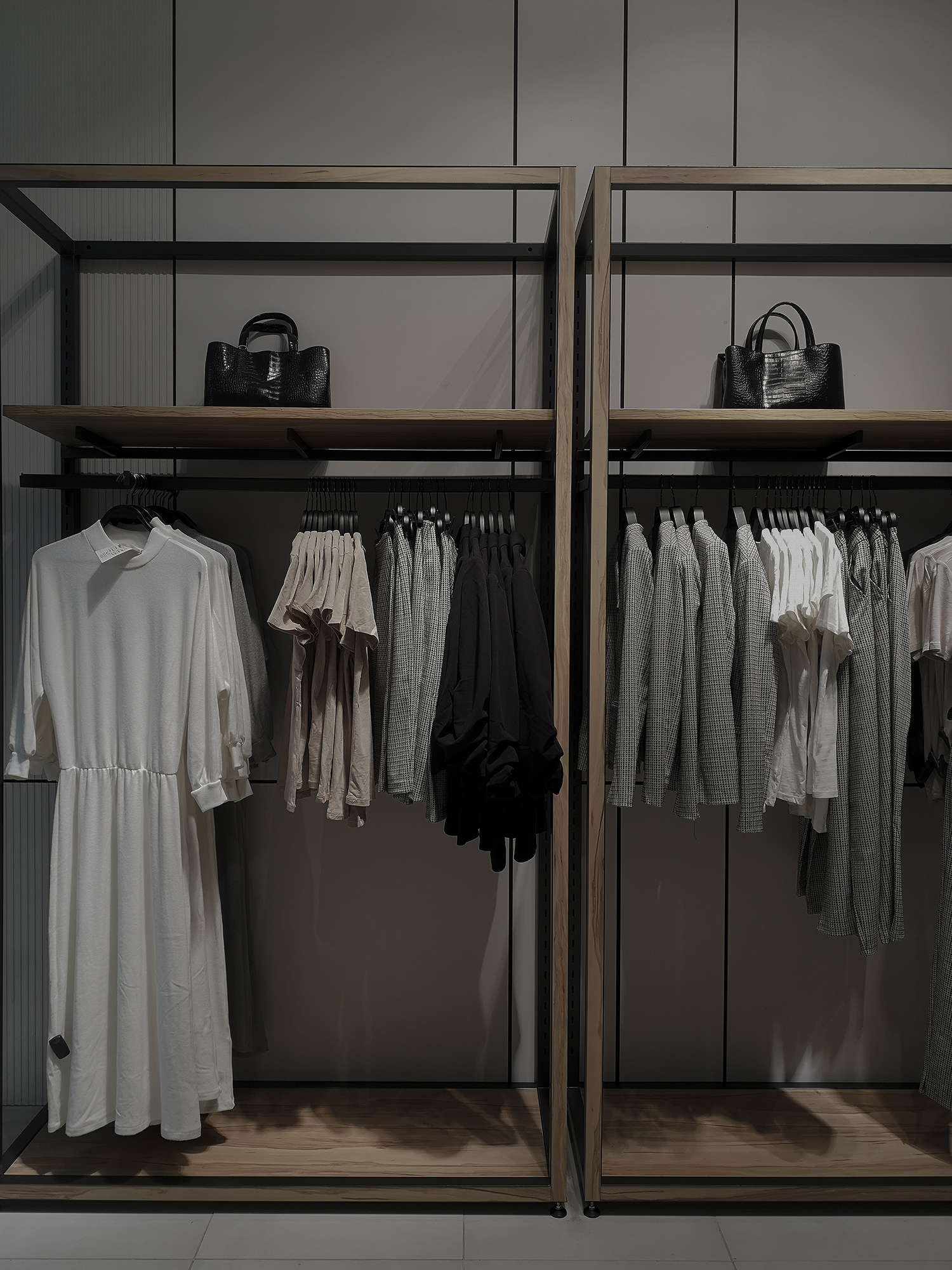Documentaries are a great way to learn something new — they focus on a small topic and bring fascinating statistics, new perspective and expand knowledge. If you want to more about fast fashion, there are three films you should watch.

Fast fashion is a bigger problem than many people think. It’s one of the reasons for the widening gap between the modern western and poor developing world. People in Europe and the US are drawn into an endless circle of buying new and new clothes, getting attracted with interesting sales and trends and forcing them think that if they don’t dress according to their latest collection, they are not “in”. On the other hand, communities in countries such as Bangladesh, India or Cambodia, which are forced to work in dangerous factories for incredibly low wages, suffer from respiratory diseases, and because they are uneducated, they need this job to provide for their families and therefore cannot to leave.
But it doesn’t have to be this way. Slow fashion shows the unpleasant truth about fast fashion chains, and at the same time seeks solutions to how each individual can fight against it. It doesn’t take much — on our blog you will find many articles on how you can help support slow fashion. However, the basis is to learn about this, to learn why it is important and to see directly in examples how much is fast fashion harmful. Documentaries are a great way to easily and quickly see what’s happening in developing countries that sew clothes for brands like H&M or Zara; and today we will show you the ones you need to look at.
The True Cost
A documentary that is very difficult to watch; maybe for the first time you won’t even watch it all at once and you won’t avoid tears. But it shows reality — shots from factories producing cheap clothes, the conditions in which these people normally work, how they live and have to function. Experts also comment on the issue, who talk about where the main problem of fast fashion lies and what makes it unsustainable. The True Cost will surely open your eyes; and if you only want to see one document from this list, make sure to select this one.
The Machinists
The Machinists is a relatively short documentary — it has only 52 minutes and was created in 2012. It captures the stories of three women from Bangladesh who talk about their lives as workers who sew clothes for fast fashion. They point out what their working conditions look like, what their monthly salary is (just a staggering $ 45), but also the problem that they are forced to work overtime for which they don’t get properly paid for and also cannot see their families. The documentary also shows footage of a protest in the capital Dhaka for fair, and mostly safe working conditions for employees in the factories of the fast fashion industry. You can also find the documentary on YouTube.
Clothes to Die For
In April 2013, Rana Plaza in Bangladesh collapsed. 1134 people died in the ruins of the building and 2,500 others were injured. This tragedy is considered to be the deadliest spontaneous collapse of a building in history; however, many people don’t know about this misfortune at all and have completely forgotten about it. In the documentary Clothes to Die For talk people who experienced the fall of the building — the fear they experienced and what was going on inside their heads when they were trapped in the rubble, but also the testimonies of doctors or families. The film also shows unique footage of the disaster and points to the corruption that led to the incident.
Dokumenty sú skvelým spôsobom, ako sa naučiť niečo nové — zameriavajú sa na malú tému a prinášajú fascinujúce štatistiky, novú perspektívu a rozširujú vedomosti. Ak sa chcete o rýchlej móde dozvedieť viac, tieto tri filmy by ste si mali určite pozrieť.

Rýchla móda je väčší problém, ako si mnohí myslia. Je jedným z dôvodov prehlbovania rozdielu medzi moderným západným a chudobným rozvojovým svetom. Ľudí v Európe a USA tiahne do nekončiaceho kruhu kupovania nového a nového oblečenia, láka ich zaujímavými akciami a trendmi a núti ich si myslieť, že ak sa nebudú obliekať podľa ich najnovšej kolekcie, nie sú “in”. Na druhej strane stoja komunity v štátoch ako je Bangladéš, India alebo Kambodža, ktoré sú nútené pracovať v nebezpečných továrňach za neuveriteľne nízku mzdu, trpia ochoreniami dýchacích ciest, a keďže nemajú vzdelanie, túto prácu potrebujú, aby mohli zaobstarať svoje rodiny, a preto nemôžu odísť.
Takto to ale byť nemusí. Pomalá móda ukazuje nepríjemnú pravdu o fast fashion reťazcoch, a zároveň hľadá riešenia, ako proti tomu môže každý jednotlivec bojovať. Netreba k tomu veľa — na našom blogu nájdete mnoho článkov o tom, ako k podpore pomalej módy môžete pomôcť aj vy. Základom však je sa o tomto vzdelávať, učiť o tom, prečo je to dôležité a priamo na príkladoch vidieť, ako veľmi rýchla móda škodí. Dokumenty sú skvelou cestou, ako ľahko a rýchlo vidieť, čo sa deje v rozvojových krajinách, ktoré šijú oblečenie pre značky ako je H&M alebo Zara; a dnes vám ukážeme tie, ktoré si musíte pozrieť.
The True Cost
Dokument, ktorý sa pozerá veľmi ťažko; možno ho na prvýkrát ani nedopozeráte celý a nevyhnete sa pri ňom slzám. Ale ukazuje realitu — zábery z fabrík vyrábajúcich lacné oblečenie, podmienky, v ktorých títo ľudia bežne pracujú, ako žijú a musia fungovať. K problematike sa vyjadrujú aj odborníci, ktorí hovoria o tom, kde spočíva hlavný problém rýchlej módy a čo ju robí neudržateľnou. The True Cost vám jednoznačne otvorí oči; a ak si chcete pozrieť len jeden dokument z tohto zoznamu, určite si vyberte tento.
The Machinists
The Machinists je pomerne krátky dokument — má len 52 minút a vznikol v roku 2012. Zachytáva príbehy troch žien z Bangladéša, ktoré hovoria o svojom živote ako šičky oblečenia pre rýchlu módu. Poukazujú na to, ako vyzerajú ich pracovné podmienky, aký je ich mesačný plat (len zarážajúcich 45 dolárov), ale aj na problém toho, že sú nútené pracovať nadčasy, za ktoré nedostávajú poriadne zaplatené, a tiež tak nemôžu vidieť svoje rodiny. Dokument ukazuje aj zábery z protestu v hlavnom meste Dhaka za férové, a hlavne bezpečné pracovné podmienky pre zamestnancov vo fabrikách fast fashion priemyslu. Dokument nájdete aj na YouTube.
Clothes to Die For
V apríli 2013 sa zrútila Rana Plaza v Bangladéši. V ruinách budovy zahynulo 1134 ľudí a 2500 ďalších bolo zranených. Táto tragédia je považovaná za najsmrteľnejší samovoľný pád budovy v histórii; avšak mnoho ľudí o tomto nešťastí vôbec nevie a úplne sa naň zabudlo. V dokumente Clothes to Die For rozprávajú ľudia, ktorí pád budovy zažili na vlastnej koži — strach, ktorí prežívali a čo sa im hnalo hlavou, keď boli uväznení v troskách, ale aj výpovede lekárov či rodín. Film ukazuje aj jedinečné zábery z nešťastia a poukazuje na korupciu, ktorá k incidentu viedla.





